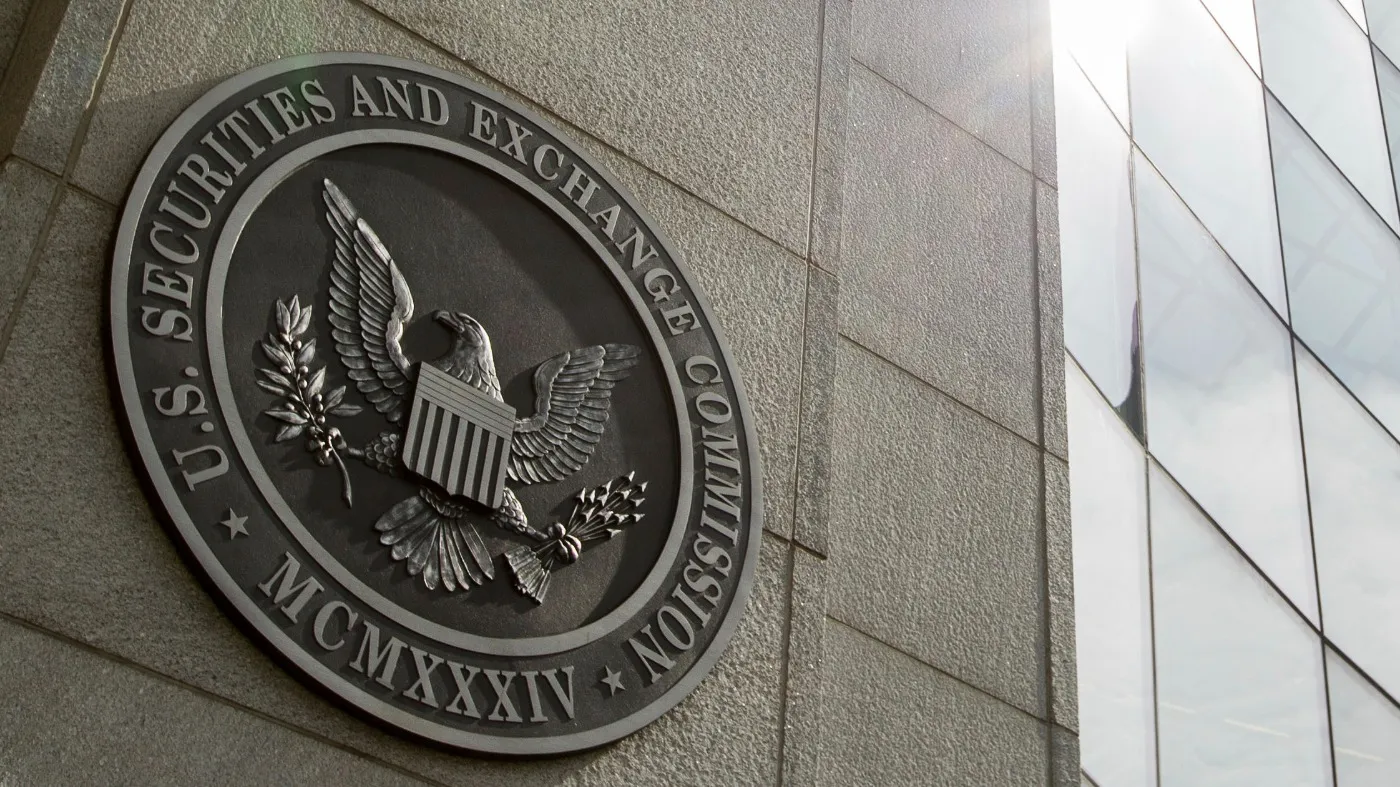Hester Peirce Says Many Memecoins Don't Belong Under the Purview of the SEC

In an appearance on Bloomberg today, SEC Commissioner Hester Peirce, often referred to as "Crypto Mom" for her advocacy within the industry, shed light on the complex relationship between memecoins and existing regulatory frameworks. As the head of the SEC's Crypto Task Force, Peirce's insights are pivotal in understanding how cryptocurrencies and digital assets, particularly memecoins, are viewed under current regulations. Her assertion that many memecoins might not have a place within the SEC's jurisdiction under the current set of rules has sparked a significant discussion among crypto enthusiasts and investors.
Peirce's commentary comes at a time when the cryptocurrency landscape is rife with memecoins, digital assets often born from internet culture, humor, or social media trends, which lack the utility or underlying technology of more established cryptocurrencies like Bitcoin or Ethereum. Instead, these coins thrive on community support, hype, and the speculative nature of their market. According to Peirce, the SEC's existing regulations are not well-suited to accommodate these types of digital assets, which she likens more to collectibles than to securities or commodities traditionally regulated by the SEC. This perspective suggests a need for either regulatory innovation or a rethinking of how these unique digital phenomena are classified.
Navigating the Regulatory Landscape
The implications of Peirce's statements are profound, suggesting that the SEC might need to revisit or clarify its stance on memecoins. This could potentially lead to a regulatory environment more tailored to the nuances of digital assets, recognizing the distinct characteristics that separate memecoins from other cryptocurrencies. The SEC's role in investor protection while fostering innovation is a delicate balance, and Peirce's comments highlight the ongoing challenge in regulating an industry that evolves at a breakneck pace.
With the crypto market continuously expanding, the discussion around memecoins' regulatory status is crucial for investors in this space. Understanding whether these assets fall under SEC oversight or remain in a regulatory grey area is important for making informed investment decisions. As the dialogue continues, it's clear that the regulatory journey for memecoins is just beginning, with potential impacts on their market dynamics, investor perception, and the broader acceptance of digital currencies in traditional finance.

